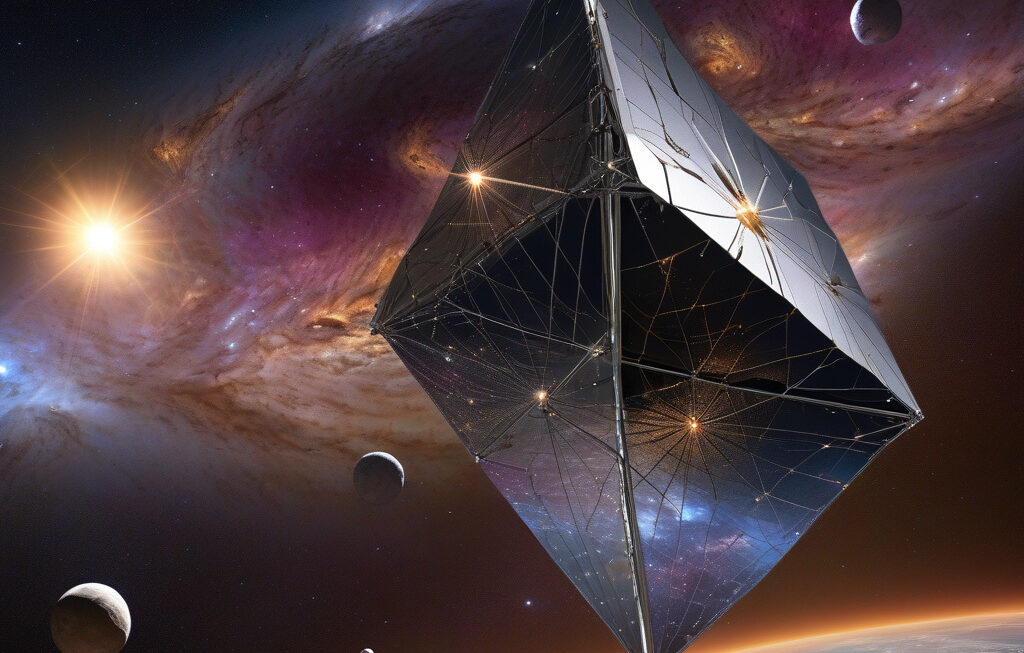Face of 10,500-year-old Belgian woman revived, revealing ancient Europeans were dark
In a meeting of art and science, researchers from Ghent University worked with artists to bring to life the face of a 10,500-year-old Belgian woman. Through a combination of cutting-edge technology and artistic skill, the team reconstructed what this ancient woman may have looked like, shedding light on the appearance of our early European ancestors.
The project involved the use of advanced forensic techniques to create a remarkably lifelike depiction of the woman, known as “Cheddar Man.” The results were surprising to many, as they challenged conventional perceptions of ancient Europeans. Contrary to popular belief, the reconstruction revealed that this woman had dark skin, hair, and blue eyes, a stark contrast to the fair-skinned, light-eyed image often associated with early Europeans.
This groundbreaking discovery has significant implications for our understanding of prehistoric populations and their migration patterns. It suggests that early Europeans were far more diverse in appearance than previously thought, with a range of skin tones and features that challenge stereotypes and misconceptions.
The collaboration between scientists and artists in this project highlights the power of interdisciplinary approaches in uncovering the secrets of our past. By combining scientific data with artistic interpretation, researchers were able to humanize a long-deceased individual and bring her story to life in a compelling and visually striking way.
Furthermore, the project serves as a reminder of the importance of questioning assumptions and revisiting established narratives. Our understanding of history is constantly evolving, shaped by new discoveries and innovative approaches to research. The revelation that ancient Europeans were dark-skinned challenges us to rethink our preconceived notions and embrace the complexities of our shared heritage.
As we continue to uncover the mysteries of the past, projects like this one remind us of the power of collaboration and creativity in expanding our knowledge and challenging the status quo. By bridging the gap between art and science, we can gain new insights into our collective history and celebrate the diversity of human experience across time and space.
In conclusion, the revival of the face of the 10,500-year-old Belgian woman offers a glimpse into the rich tapestry of human history and the untold stories of our ancestors. It invites us to reconsider what we think we know about the past and opens up new possibilities for exploring the complexities of our shared heritage.
ancienthistory, europeanancestors, interdisciplinaryresearch, scientificdiscovery, humanheritage











